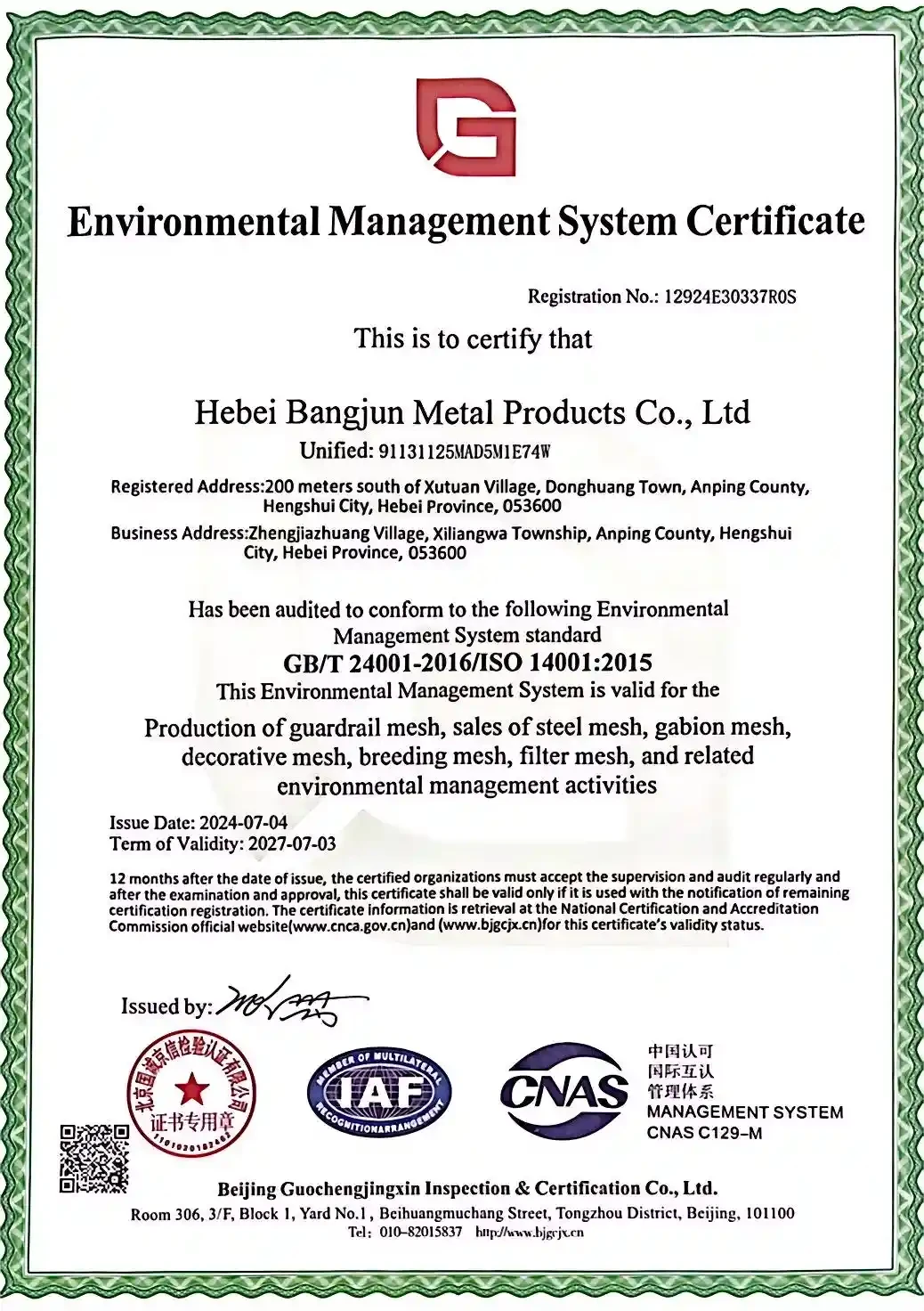Dec . 05, 2024 09:09 Back to list
Choosing the Right Fence for Livestock Management and Protection
The Importance of Livestock Fencing in Modern Agriculture
In the world of agriculture, livestock farming stands as a vital component, contributing significantly to global food production and rural economies. One of the key elements ensuring the success of livestock operations is proper fencing. Livestock fencing is not merely a boundary; it serves multiple essential purposes that enhance the management of animals, protect the environment, and ultimately ensure the sustainability of farming practices.
1. Containment and Safety
The primary function of livestock fencing is to contain animals within a designated area. Whether it’s cattle, sheep, goats, or horses, effective fencing prevents them from wandering off, which can lead to traffic accidents, livestock theft, or getting lost. Good fences keep animals safe from external threats, such as predators and disease. For example, a sturdy cattle fence can deter wolves or coyotes, while a well-constructed sheep fence can keep out feral dogs that pose a threat to the flock.
Additionally, fencing is crucial for the safety of the animals themselves. It prevents them from escaping into hazardous areas, such as busy roads or dangerous terrain. By keeping livestock contained, farmers can also manage their grazing patterns better, which helps in land preservation and prevents overgrazing.
2. Pasture Management
Efficient pasture management is another significant benefit of livestock fencing. With the right fencing system, farmers can implement rotational grazing, a method that allows them to move livestock between different pastures. This practice benefits both the land and the animals.
Rotational grazing encourages healthy grass growth by giving vegetation time to recover, thus maintaining soil fertility and preventing soil erosion. It also provides livestock with fresh graze regularly, leading to better health and productivity. By using fencing to subdivide pastures, farmers can manage grazing more effectively, ensuring that livestock always have access to nutritious forage.
Fencing isn't just beneficial for livestock and farmers; it plays a crucial role in protecting the environment. By containing livestock within specific boundaries, farmers can prevent overgrazing and allow sensitive areas, such as riparian zones and wetlands, to thrive. Proper fencing can reduce soil compaction and protect waterways from contamination caused by animal waste.
livestock fence

Moreover, fencing can help in wildlife conservation efforts. Farmers can establish wildlife corridors that allow certain species to migrate safely while ensuring that livestock is protected from potential dangers posed by wild animals. This balance is essential for maintaining biodiversity and fostering a healthy ecosystem.
4. Enhanced Biosecurity
In today’s agricultural climate, biosecurity is a growing concern for livestock producers. Diseases can spread rapidly among animal populations, posing a significant threat to livestock health and farmer livelihoods. Strategic fencing can help mitigate these risks by limiting access to livestock areas and therefore controlling the introduction of diseases.
By fencing off areas around feeding stations and water sources, farmers can manage who comes into contact with their livestock. This not only helps in protecting their herds from possible diseases carried by wildlife or stray animals but also aids in managing human interactions, which can be a source of contamination.
5. Economic Benefits
Finally, investing in good fencing can have significant economic implications for farmers. While there may be an initial cost associated with constructing high-quality fencing, the long-term benefits can outweigh these expenses. Well-maintained fences reduce the likelihood of livestock losses, which directly affects a farmer’s profitability.
In addition to protecting livestock, efficient fencing can reduce the costs related to land degradation and provide opportunities for more effective marketing of farm products by ensuring better quality and health of animals.
Conclusion
In summary, livestock fencing is a fundamental aspect of modern agricultural practices. It provides safety and containment for animals, aids in pasture management, protects the environment, enhances biosecurity, and offers economic benefits. As the agriculture sector continues to evolve, the importance of effective fencing will only increase, making it a crucial investment for livestock farmers aiming for sustainable and productive operations.
-
Reinforcing Mesh: Core Material of the Construction Industry
NewsJul.07,2025
-
Welded Wire Fabric Reinvented for Modern Projects
NewsJul.04,2025
-
Superiority of Stainless Steel Woven Mesh
NewsJul.04,2025
-
Key Types of Razor Wire and Their Applications
NewsJul.04,2025
-
Durable Metal Fence Types for Security
NewsJul.04,2025
-
Best Materials for Livestock Fence
NewsJul.04,2025
products.







